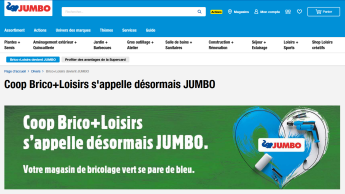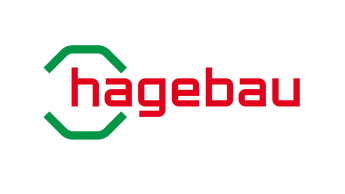deep insights, facts & figures
European market leader Kingfisher is driving its own-brand strategy clear across the borders of countries and distribution channels
The own-brand business is becoming increasingly important for DIY retailers. Practically all the DIY groups are working towards a major increase in the share of sales attributable to their own-brand products. Their expansion into foreign markets, many using a different language, is not limiting this ambition. After all, multilingual packaging has long been the standard for brand-name products. In the case of Kingfisher, the market leader in Europe, the situation is admittedly a bit more complicated – but also much more promising – because it operates five different sales channels in eight countries. Just a few years ago the group developed a common own-brand strategy that is designed to encompass all the different distribution channels and countries and is also linked to its corporate procurement policy. Considerable progress has been made in implementing this strategy during 2012. The starting point was the calculation that half the products in the core offer could well be identical across all the distribution channels and countries. At the beginning of last year, however, the figure was to all intents and purposes only just two per cent. This share was expected to increase to seven per cent by year’s end. However, the target is set much higher: it is intended that half of product sales should eventually be covered by common own-brands which will be available in all the group’s distribution channels. What is more, 35 per cent of products should be procured through the group’s own direct-sourcing programme; the figure targeted for the end of the financial year is 18 per cent. The company gives a second reason for the necessity – from Kingfisher’s point of view – to drastically expand the proportion of own-brands. This turns out to be not very flattering to the brand segment: the shortcomings of big, globally active manufacturers have led to a comparatively low propensity to innovate within the industry. So Kingfisher intends to apply its own size and negotiating power to accelerate the innovative speed of the industry. This line of reasoning was argued most provocatively by Véronique Laury, commercial director of B&Q UK, at the 2nd Home Improvement Forum in Paris in June 2012, for example: she claimed that the industry’s last innovation was the invention of the power screwdriver in 1961. A desire to “make home improvement more affordable for our customers whilst boosting our profitability” is how Kingfisher describes the aims of its own-brand strategy…
Related articles
Read also








